1. Mercury Thermometers
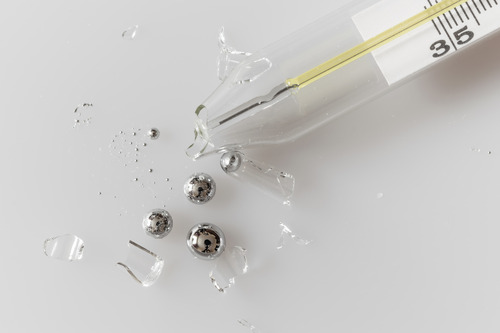
In the ’60s, just about every household had a little glass thermometer filled with shiny silver mercury. They were kept in medicine cabinets and used without a second thought. If one broke, parents might just sweep it up and move on, not realizing that mercury is highly toxic. Back then, there wasn’t the same level of awareness about environmental or health hazards.
Today, mercury is strictly regulated, and those fragile thermometers are nowhere to be found in stores. Digital thermometers and ear thermometers have long since replaced them, offering a safer alternative. It’s hard to imagine anyone casually handling liquid mercury in their kitchen or bathroom these days. The shift reflects how much we’ve learned about hidden dangers in everyday items.
2. Lawn Darts

Lawn darts, or “Jarts,” were a backyard staple in the ’60s. Families would toss heavy metal darts with sharp tips at plastic rings on the lawn. The idea was innocent fun, but the reality was countless injuries and even fatalities when those darts went astray.
After decades of accidents, the Consumer Product Safety Commission banned them in 1988. You won’t see anything like them on shelves today, especially when there are safer alternatives like bean bag toss or horseshoes. Looking back, it’s shocking that anyone thought handing children weighted projectiles was a good idea. Lawn darts remain a notorious example of a toy gone wrong.
3. Asbestos Oven Mitts
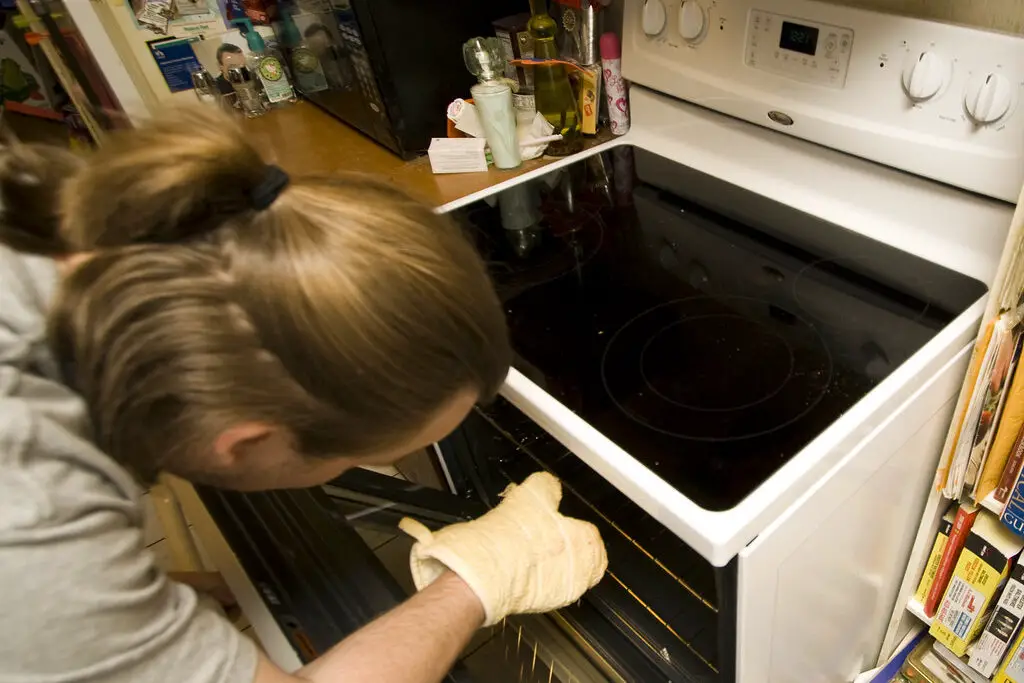
Many kitchens in the ’60s relied on oven mitts lined with asbestos. It was marketed as a miracle material because it resisted heat and flames. Housewives used them daily, never suspecting that the fibers were dangerous if inhaled. It wasn’t until years later that the health risks became clear, linking asbestos exposure to lung cancer and mesothelioma.
Today, you won’t find asbestos in any consumer kitchen product. Instead, we have silicone and heat-resistant fabrics that are much safer. It’s strange to think something designed for protection was quietly putting people at risk. Asbestos oven mitts are one relic of the past best left behind.
4. Candy Cigarettes

In the ’60s, candy cigarettes were marketed straight to kids. They were chalky sticks of sugar, sometimes even puffing out powdered sugar to look like smoke. The packaging often copied real cigarette brands, normalizing smoking at an early age. For many kids, it was just another fun treat from the corner store.
Nowadays, you won’t find candy cigarettes at mainstream retailers in the U.S. They’ve been criticized for glamorizing smoking and making it appealing to children. While some novelty shops still sell them, most parents steer clear. It’s a reminder of how cultural attitudes toward smoking have changed dramatically since the days when it was advertised everywhere.
5. Lead-Based Paint

Lead paint was used widely in the ’60s, both in homes and on children’s toys. It gave colors a bright, durable finish, and no one gave it much thought. The problem is that lead exposure, especially in children, can cause developmental and neurological damage. Back then, families painted nurseries in pastel lead paint without realizing the risks.
Today, lead-based paint is banned for consumer use, and landlords are required to disclose it in older homes. Stores now carry safer, low-VOC options that protect both health and the environment. The shift away from lead paints reflects a broader trend toward safety-first living. What was once ordinary is now unthinkable.
6. Electric Hair Dryers with No Safety Shut-Off
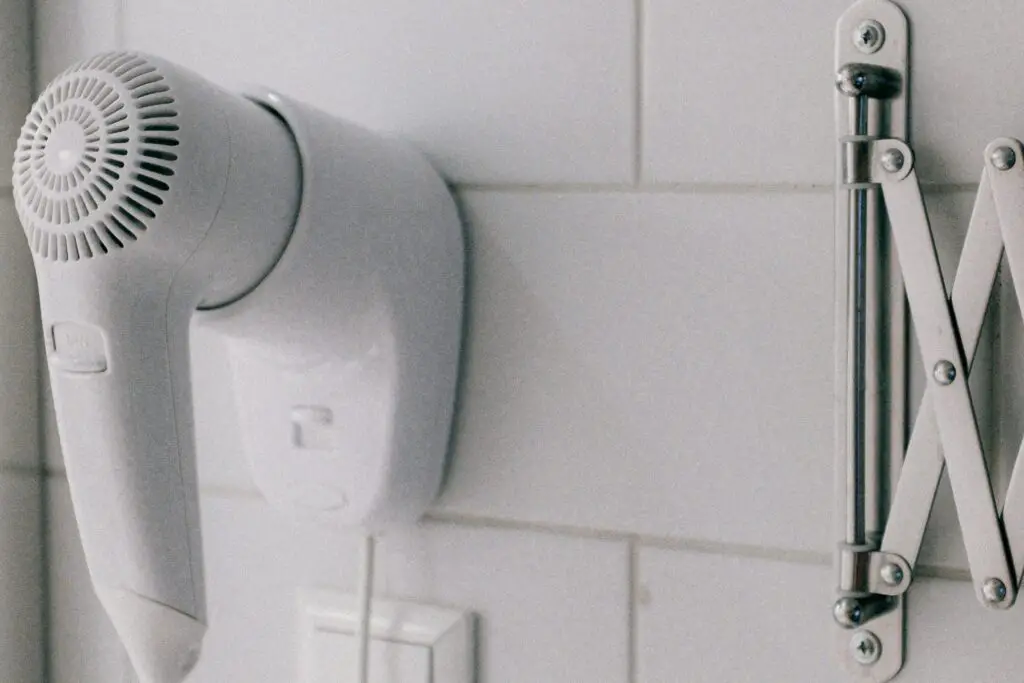
In the ’60s, home hair dryers often looked more like science experiments than beauty tools. They had no automatic shut-off and few safety features. If they overheated, they could catch fire or shock the user. Women would sit with those big bonnet-style dryers buzzing loudly for ages.
Now, modern dryers have strict electrical safety standards, automatic shut-offs, and insulated cords. You’d never see one of those early clunky models on a store shelf today. It’s a small but striking example of how much consumer electronics have improved. What was once glamorous could have been deadly.
7. Soda in Glass Bottles with No Safety Seals
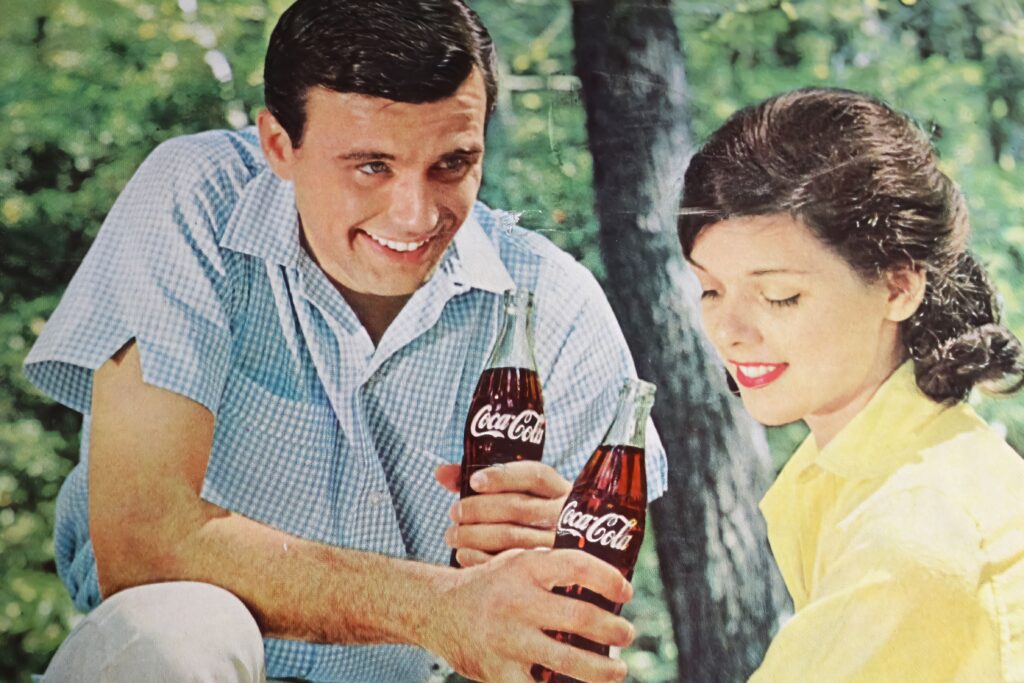
Back in the ’60s, grabbing a soda meant a heavy glass bottle with a metal cap. There were no plastic safety seals, and bottles could easily shatter if dropped. People thought nothing of handling sharp shards while cleaning up spills. It was just part of everyday life.
Today, food safety regulations require tamper-evident packaging. You’ll rarely see soda in breakable glass except in specialty or nostalgic brands. Even then, the bottles are thicker and safer. We take for granted that drinks should be secure and hygienic, but that wasn’t always the case. The casualness of the ’60s seems almost reckless now.
8. Lawn Chemicals with DDT
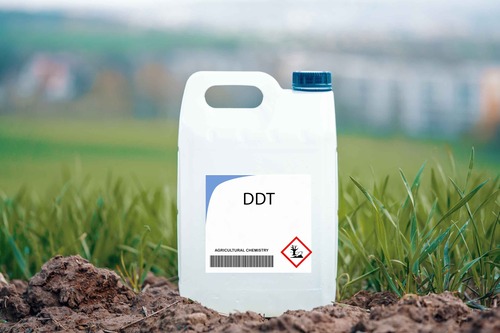
The ’60s suburban dream often included a perfectly green lawn, thanks to chemical sprays containing DDT. Homeowners would apply it liberally, unaware of its environmental toll. Kids and pets played right on the grass, rolling in chemicals now known to be highly toxic.
After Rachel Carson’s Silent Spring and subsequent studies, DDT was banned in the U.S. in 1972. Modern lawn care products are far more regulated, and many families opt for organic options. The idea of casually spraying a yard with DDT feels shocking today. It’s a prime example of how environmental awareness has reshaped everyday habits.
9. Unsafe Car Seats
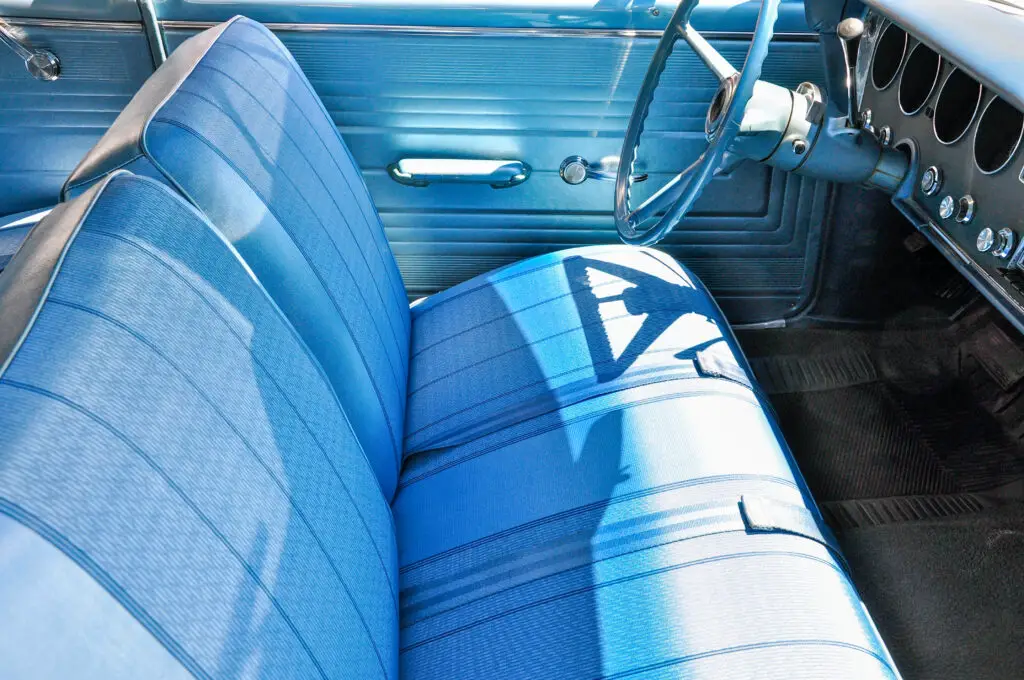
Car seats in the ’60s weren’t really designed for safety. Many were just booster-style chairs to help kids see out the window. They weren’t crash-tested, and some attached with flimsy straps. Parents thought they were doing the right thing, not realizing the seats offered little real protection.
Today’s car seats are rigorously tested and mandated by law. They feature five-point harnesses, side-impact protection, and expiration dates to ensure safety. The difference is night and day compared to what families once used. It’s hard to imagine strapping a child into one of those old seats now.
10. Metal Playgrounds

If you grew up in the ’60s, you probably remember scorching-hot metal slides and jungle gyms. They were built tall, often on hard asphalt surfaces. Falls meant skinned knees at best, broken bones at worst. Parents watched from park benches, assuming it was just part of childhood.
These days, playgrounds are designed with safety in mind. Plastic equipment, softer surfaces, and guardrails make accidents less likely. You’d never see a towering metal slide baking in the sun in a modern park. Looking back, those playgrounds were practically obstacle courses of danger.
11. Flammable Children’s Pajamas
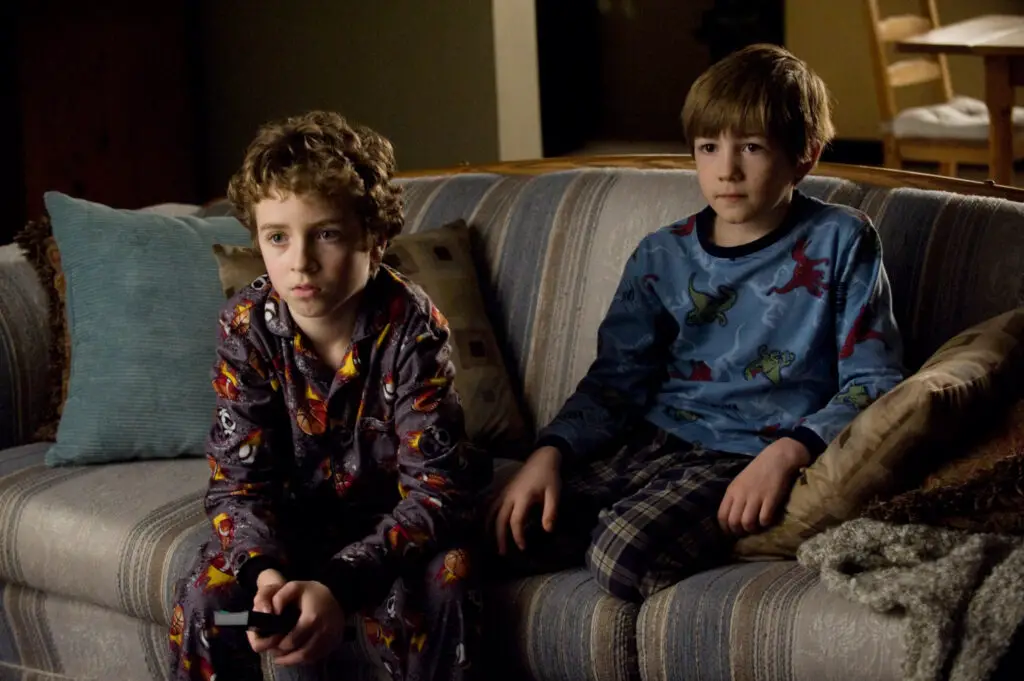
In the ’60s, kids’ sleepwear was often made from cheap, flammable fabrics. A stray spark from a fireplace or a cigarette could ignite them quickly. Families didn’t realize the risk until regulations came years later. It’s unsettling to think how many children slept in what amounted to tinder.
Today, children’s pajamas are required to meet strict flammability standards. Many are designed to fit snugly or use flame-resistant materials. Parents can sleep easier knowing those hazards are behind us. It’s one of the clearest examples of how safety standards have saved lives.
12. Smoking Sections on Airplanes
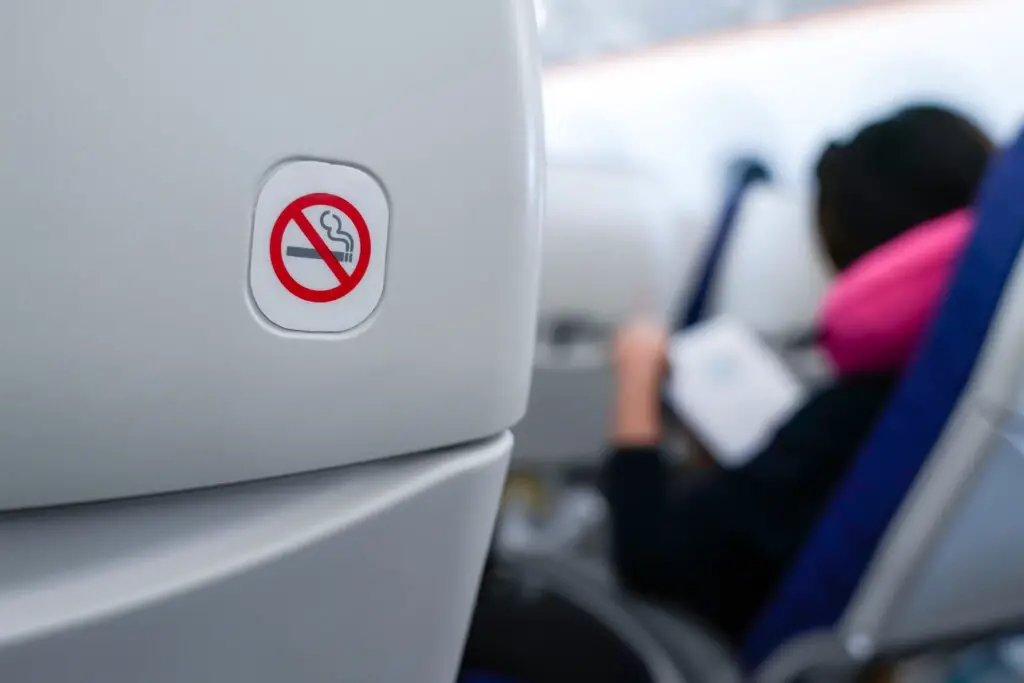
In the ’60s, lighting up on a plane was completely normal. Passengers puffed away while others nearby tried to breathe through the haze. Ashtrays were built right into armrests, and even flight attendants had to endure the smoky air. It seems unthinkable now, but at the time, few questioned it.
Today, smoking on planes is banned worldwide. Travelers expect clean air and modern cabins don’t even include ashtrays. The thought of flying in a smoke-filled tube for hours feels absurd. It’s a stark reminder of how quickly social norms can change.
13. Toys with Small, Unsafe Parts
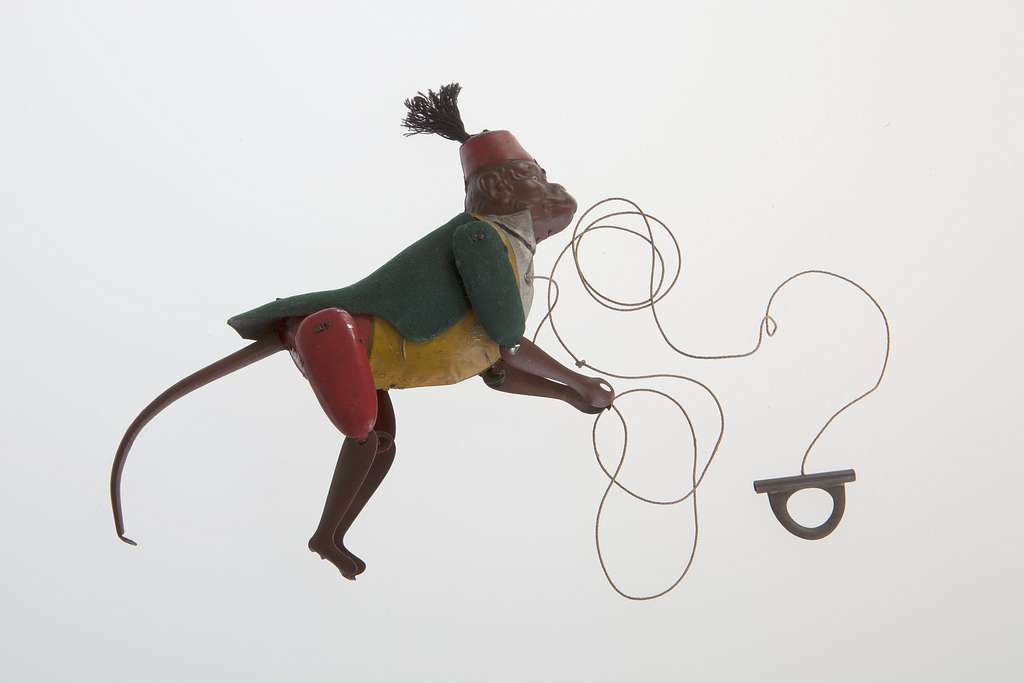
In the ’60s, toy safety standards were much looser. Many toys had sharp edges, tiny parts, or even real glass. Choking hazards weren’t a big consideration, and kids often played unsupervised. Popular toys like chemistry sets sometimes included real chemicals.
Now, toy regulations are strict, with warnings and age labels on every package. Choking hazards are taken seriously, and dangerous materials are banned outright. Parents today would never accept the risks their ’60s counterparts did. Those toys are now collector’s items, not playroom staples.
14. Radium Watches
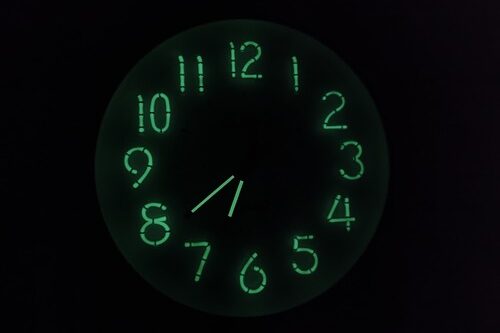
Glow-in-the-dark watches were popular in the ’60s, often painted with radium. People loved the novelty of reading the time in the dark. Unfortunately, radium is radioactive, and exposure can cause serious health issues. Workers who painted the dials, known as the “Radium Girls,” paid a terrible price decades earlier.
Today, luminous watches use safe phosphorescent or LED materials. The idea of wearing a radioactive accessory is almost unbelievable. You’ll never find radium watches in a modern store, and vintage ones are handled with care by collectors. It’s one of the most dangerous everyday items of the past.
